 About five years ago, we planted a California Black Oak tree in our front yard. We affectionately named it “Twiggy” because it was little more than a vertical branch sticking out of the ground. I can’t wait for the day when Twiggy matures, and its thick, sprawling branches shade our yard. Judging from its growth over the last five years, that’s decades away. For now, what Twiggy lacks in size it makes up in flamboyance each autumn with a seasonal show of deeply-lobed, golden leaves.
About five years ago, we planted a California Black Oak tree in our front yard. We affectionately named it “Twiggy” because it was little more than a vertical branch sticking out of the ground. I can’t wait for the day when Twiggy matures, and its thick, sprawling branches shade our yard. Judging from its growth over the last five years, that’s decades away. For now, what Twiggy lacks in size it makes up in flamboyance each autumn with a seasonal show of deeply-lobed, golden leaves.
Supplies:
- Oak Leaves and Branch Template (See “Files” in “Attachments” at the end of this post.)
- Brown edible marker
- Wafer paper
- Kitchen shears
- Silicone leaf veiner
- AmeriColor gel paste coloring (or equivalent) for painting: Egg Yellow, Bright White, Warm Brown, Silver Spruce, Midnight
- Alcohol for diluting gel paste coloring
- Medium flat paint brush
- Parchment paper
- Royal icing: stiff-consistency black
- Tips: PME #3, 2 (or equivalents)
- 6 1/2 x 4 1/2-in (16.5 x 11.4-cm) rectangle cookie, flooded with dark gray royal icing
Step 1: Make wafer paper leaves
Having little experience with wafer paper, I started with Julia’s tutorial, How to Make Wafer Paper Leaves. The video is full of great tips. The process in this tutorial is a little different, but I highly recommend watching the video to see the fundamental techniques in action.
a. Print out the Oak Leaves and Branch Template (located in “Files” in “Attachments” at the end of this post), and cut out a leaf template. (Note: If using a different leaf veiner, you may need to alter the template so that the lobes line up with the veins of your tool.) Use a brown edible marker to trace the template onto the wafer paper. Cut out the wafer paper leaf with kitchen shears. Darken some of the edges and the curves between the lobes with the brown marker.
b. Place the wafer paper leaf onto the silicone leaf veiner, lining up the lobes with the veins on the tool. (Note: The tool I used came with two halves, one with indentations and the other with matching protrusions. I tried making leaves with both halves individually and with the leaf sandwiched between the two halves. All of the leaves came out interesting and well textured, but my favorites came from using just the half with indentations. I also placed the paper both shiny side and rough side down against the veiner and got comparable results each way.) Dilute the Egg Yellow gel paste coloring (or equivalent) with alcohol to make a watery paint. Dip the flat paint brush into the yellow paint so that it is very wet, and transfer the paint to the wafer paper. Do not brush the paint on, just touch it to the leaf so that the wafer paper soaks up the liquid. Once the wafer paper is completely saturated, it will lose its rigidity. Use the paint brush to gently press the wafer paper into the contours of the veiner. As Julia notes in the aforementioned video, the wetter the wafer paper, the more prone it is to tearing; take care not to drag the brush along the paper. Allow the leaf to dry for 30 minutes or more until it begins to lift away from the veiner.
c. Use the brown edible marker to lightly draw the center vein of the leaf. Drag a barely damp paint brush along the drawn vein to soften and blend the line.
Repeat Steps 1a through 1c to make at least two leaves.
Step 2: Pipe and paint branch royal icing transfer
a. Tape a piece of parchment paper over the Oak Leaves and Branch Template. Using stiff-consistency black royal icing and a PME #3 tip (or equivalent), pipe adjacent lines of icing to fill the thicker parts of the branch. Stack the lines to give the branch the appropriate height. Use a damp flat paint brush to slightly meld the lines of icing together, however, try to retain the girth of the branch and some of the rough, ropy texture. Add more icing, if necessary, and meld it into the existing branch with the paint brush.
b. Switch to a PME #2 tip (or equivalent) to pipe the thinner areas of the branch. Use the damp paint brush to meld the sections together and merge the lines of icing as you did with the thicker sections in Step 2a. Allow the branch transfer to dry completely, but do not remove it from the parchment paper.
c. Lightly mix equal parts water and Bright White gel paste coloring with a touch of Warm Brown gel paste coloring (or equivalent). Apply the paint to your brush, and then dab off some of the paint. Skim the flat side of the brush lightly along the branch. The goal here is to paint the outermost surfaces of the branch while leaving the deep crevices dark. Once the paint has dried, carefully peel away the parchment paper from the transfer.
Step 3: Decorate base cookie and assemble
a. Lightly mix two parts Bright White, one part Silver Spruce, and one part Midnight gel paste coloring (or equivalents). Dip a medium flat paint brush into the paint, and brush off some of the paint so that the brush isn’t overly wet. (Too much paint will dissolve the icing.) Brush the paint onto a small section of the flooded base cookie. Rub a clean finger in circular patterns over the paint to blur the brush strokes and allow a little of the gray flood icing to peek through. Repeat, painting and blurring small sections until the entire cookie is painted. We’re aiming for the look of a stormy sky.
b. Attach the branch transfer to the base cookie with stiff-consistency black royal icing so that the wider end of the branch is aligned with the left edge of the smaller side of the cookie.
c. Attach the wafer paper leaves to the ends of the small branch twigs with tiny dabs of icing.
Finished! There’s nothing prettier than golden autumn leaves against a dark, stormy sky. Now’s the time to get out and enjoy those autumn colors. They’ll be gone before we know it.


Samantha Yacovetta began cookie decorating in 2013. While working at a local bakery, Samantha became captivated by cookie art when a customer requested princess-themed cookies. Attracted initially to the precision of cookie decorating, Samantha soon found that the limitless design opportunities turned it into her artistic passion. Samantha began regularly stocking the bakery case with decorated cookies and for several years sold cookies through her own company, Aproned Artist, a cottage food operation. Having retired from the business life, Samantha now enjoys making cookies just for fun from her home in San Jose, California, USA. To learn more about Samantha, please check out her Cookie Connection portfolio, her Facebook page, and her past Every Little Detail tutorials here.
Photo and cookie credits: Samantha Yacovetta
Note: Every Little Detail with Aproned Artist is a monthly Cookie Connection blog feature written by Samantha Yacovetta focused on the special little details that make big statements in cookie design. This article expresses the views of the author, and not necessarily those of this site, its owners, its administrators, or its employees. To read all of Samantha's past Every Little Detail tutorials, click here. And to see all of Cookie Connection's tutorials, click here.

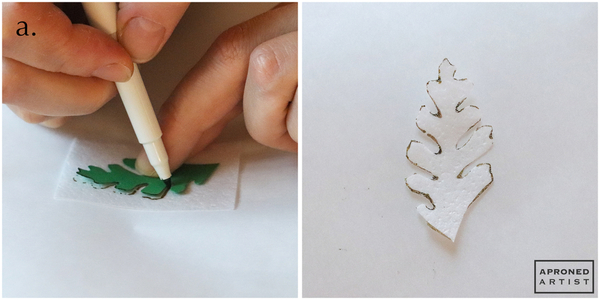
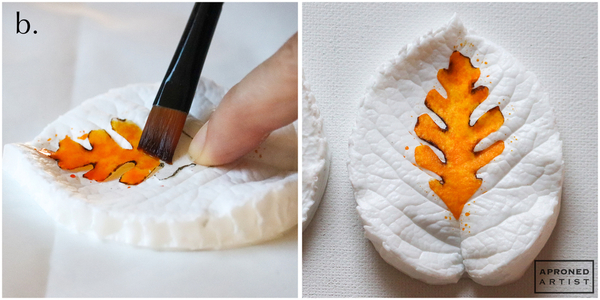
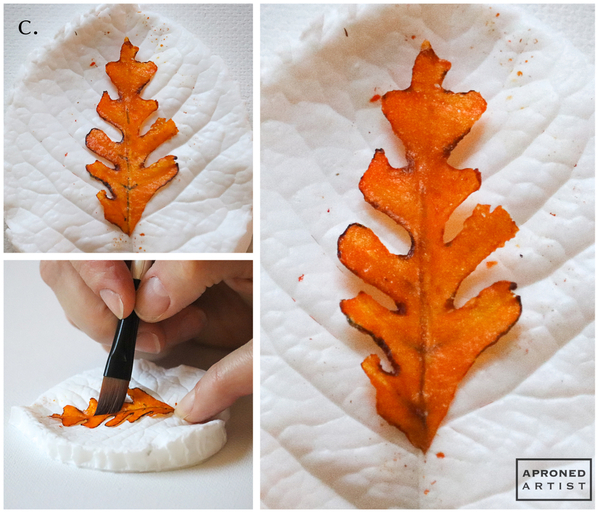
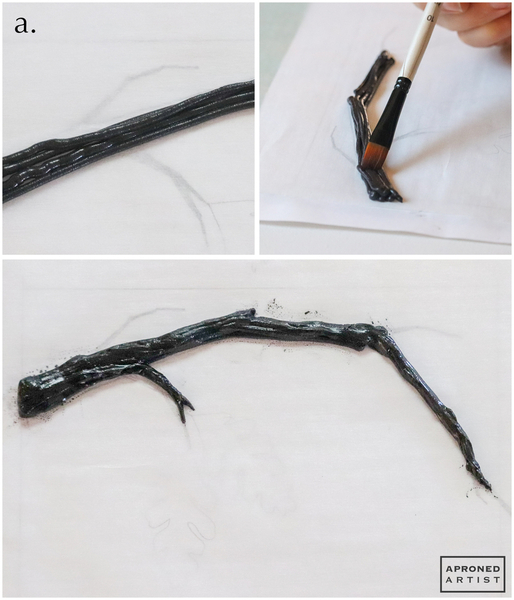
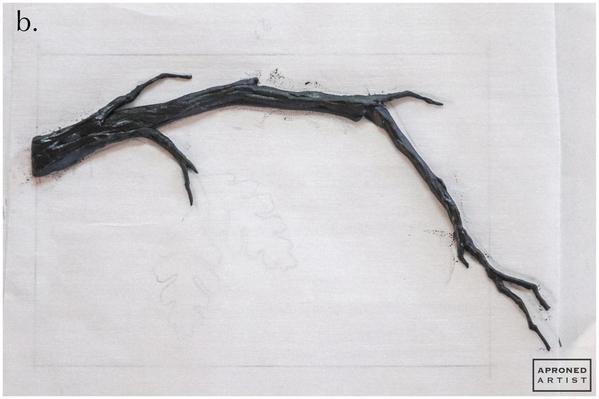
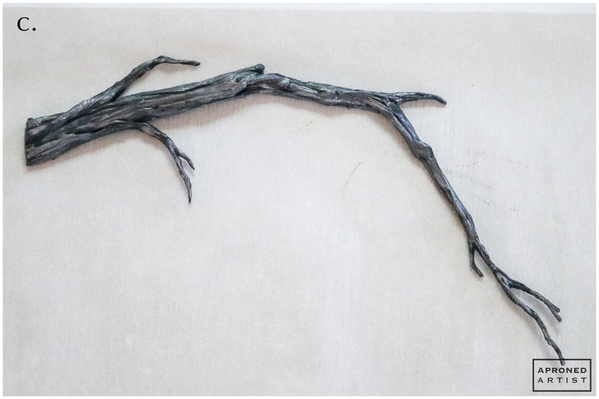

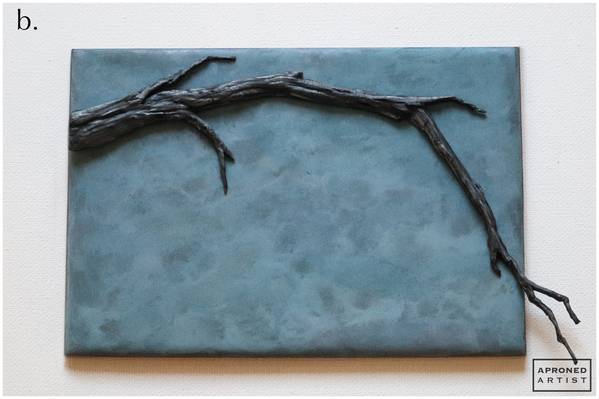
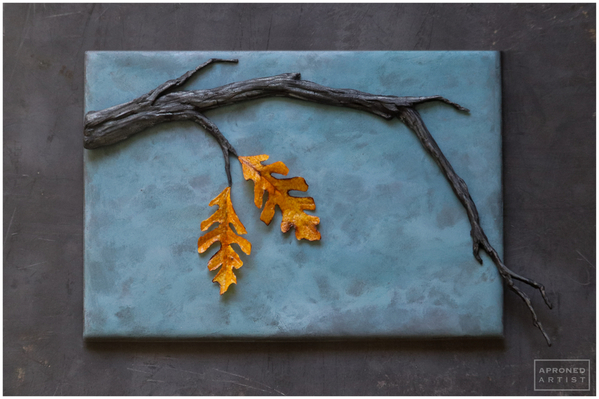


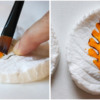

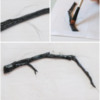
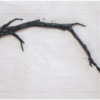
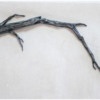

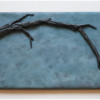
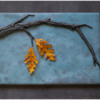
Comments (14)